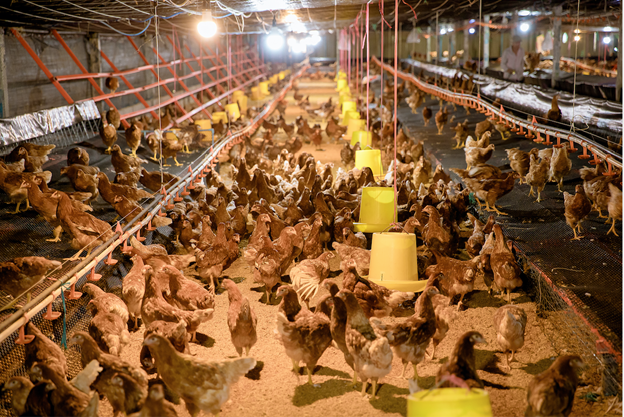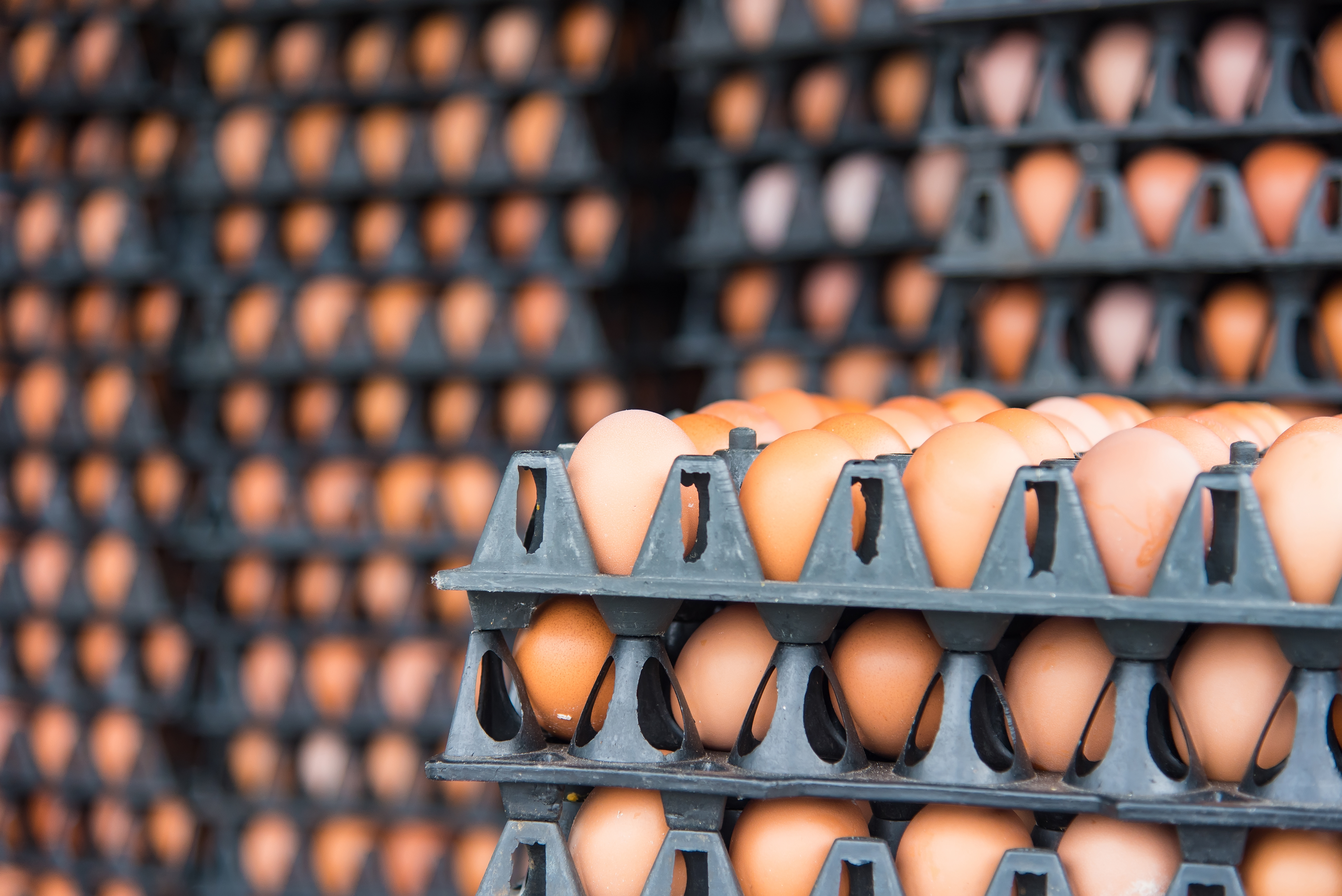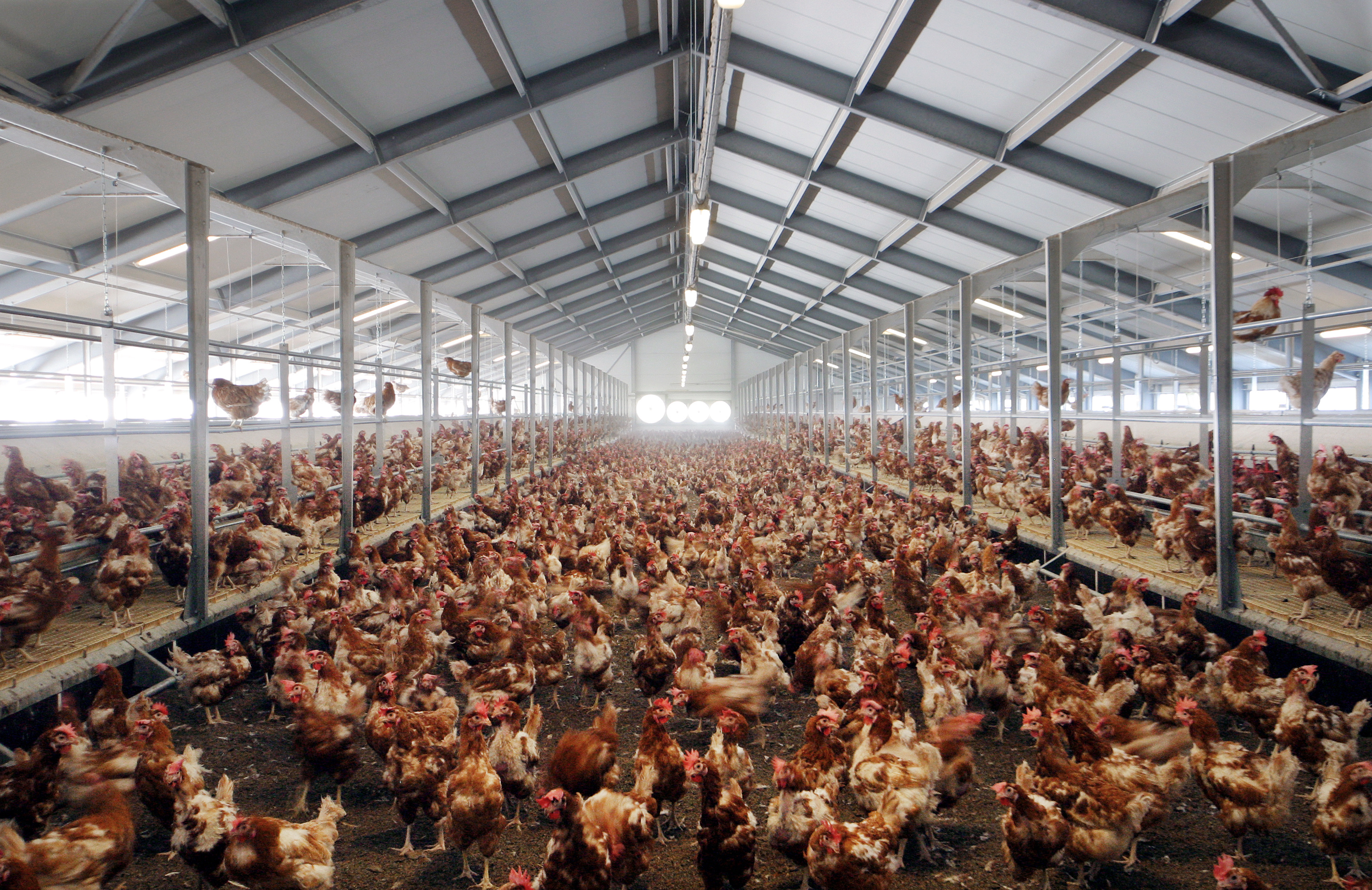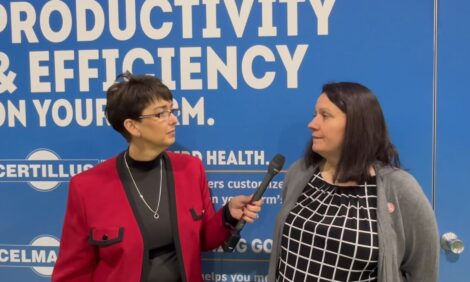



A closer look at the cage-free revolution
One of the most dramatic changes that has occurred over the last decade in the world poultry industry is the movement toward cage-free egg production.Until ten or fifteen years ago, in most countries the vast majority of table eggs were produced in cage systems because they best addressed a number of critical issues:
- Large numbers of birds per shed, saving land and capital resources
- Cheap quality food for the generation recovering from World War 2
- Easy egg collection by automatic conveyor belt
- Mass production was regarded as progressive and efficient

At that time, non-cage systems were generally not automated, so that eggs were collected by hand, making them very expensive and restricting the size of operation.
In the past, only keen green animal welfare activists consumed free-range eggs (the barn concept did not yet exist) and were willing to pay double or more for them. This high-end niche market was served by small independent free-range farmers.
Market change
This reality has dramatically changed and by 2020 cage-free eggs became much more dominant, representing the majority of eggs produced (in the UK, the EU, Australia), or at least mainstreamed (in the USA).
Division of eggs produced in 2020
Country | Cage | Free range | Barn | Total cage free |
UK | 42% | 56% | 2% | 58% |
Europe | 48% | 18% | 34% | 52% |
USA | 70% | 30% | ||
Australia | 43% | 47% | 10% | 57% |
Each country has its own standards for defining the different categories: organic, free range and barn, based on the amount of space provided per bird and sometimes the shed size, equipment profile, access to outside, etc.

The progression towards cage free-was motivated by a number of related factors:
- Concern for animal welfare. Gradually, there has been increased concern for animal welfare in general and the term “animal rights” has been coined. This includes all sorts of animals, including domestic pets, farm animals and wild animals.
- Wealthier consumers. In the post-war era, the first priority was to provide for the population. Egg rationing (one egg per person per week) was only abolished in the UK in 1954. As living standards improved, consumers looked for improved quality. For many consumers, if an egg had been produced in a humane way it was part of its quality.
- Public concern, which translated into a market opportunity, gradually incentivised poultry equipment companies to develop products that made mass production of cage eggs possible. Thus, the costs of producing cage-free eggs declined, becoming much closer to the cost of cage eggs.
- Concern for animal welfare is on a scale. Few people would pay triple or even double for free-range or cage-free eggs. If the price of cage-free were identical to cage eggs, almost everybody would eat cage-free.
As the millennial generation has higher awareness of bird welfare, increased demand has led to an increase in production and to the adoption of economies of scale, thus lowering production costs.
Enriched cages
The first large-scale break with the traditional cage system was in Europe when the European Union looked for technological solutions that could balance between bird welfare and production cost. The system they found was the “colony system” or “enriched cages.”
Larger cages housed around one hundred birds instead of six–seven hundred. Each bird had more room to live, as well as a scratching area (artificial grass), toys and a private cell in which to lay its eggs. Regulations to enforce compliance with this system were passed so that by around 2015 it had completely replaced battery cages. This change cost European growers and taxpayers billions of euros.

The system was technically a massive improvement compared to battery cages. The fundamental mistake, however, was that the EU used a top-down approach. While the EU Council decided on the solution that consumers would prefer, consumers still saw the enriched cages or colonies as “cages” and showed a reluctance to buy these eggs. The unfortunate result was a waste of billions of euros in investment by the European poultry industry and the taxpayer and, within several years farms were forced to return to barn or free-range to meet consumer demands.
This is a great lesson in the limits of regulation and government guidance. Regulations can ensure safety, a level playing field and more, but they cannot dictate to consumers what they want to buy and what level of animal welfare they will find acceptable.
Nesting systems a game changer
The introduction of automatic nests was a major breakthrough as it enabled the production of cage-free eggs at reasonable and competitive prices. Hens can now lay eggs in nests, which are then transported automatically to a central collection point.
An automatic nesting system quickly became the key element in each barn or cage-free shed. It eliminates the expensive and labour-intensive need to collect eggs manually; if the eggs remain in the nest too long or, worse, remain on the floor, they will get dirty and lose freshness.
Hens still need to be trained to actually lay the eggs in the nesting system, but the training is becoming easier, and currently there are also some robotic systems that help train the birds to do that.
Free-range and barn sheds
In the “barn system,” the hens are free to move around the whole shed. A modern barn system will have various perches and conveyors spread out in a way that the hens can nest at different heights in the shed with no restriction. The birds move from level to level by flying (or at least enhanced umping).
The shed is seen as a three-dimensional space that can be filled efficiently rather than just as a floor. Thus, more birds can be kept per square meter than in a floor-only barn, reducing capital costs.
A free-range house is the same as a barn house, with the additional possibility for the birds to go outside, weather permitting. According to the regulatory regime, there will be limitations on the number of birds per meter and per shed.
While each country or standard has different requirements for birds per square meter, access to outside, etc., the basic condition is that the birds can go outside, requiring a relatively large outside space.

Consumer-led revolution
Cage-free is expected to continue and develop and take full control over the markets of most developed countries within the next five to ten years.
This is a consumer-led revolution. Supermarkets and fast-food chains, which are always the most sensitive to consumer wishes, identified the shift and acted accordingly.
So, for example, McDonalds and Woolworth, a large Australian supermarket chain, set a timetable for becoming 100% cage-free, informing their suppliers that they had to become cage-free within a certain time at the same price level.
As with many other changes, the shift wasn’t led by government regulation. In fact, the European establishment resisted it, trying to protect the enriched cage regulations that they were heavily invested in.
There is a necessity for regulation or standards so that the consumer will not be deceived. In some areas, these regulations will be official and in others they can be formulated and policed by animal welfare organisations, such as the Australian RSPCA animal welfare organisation, which prepared a standard and polices it.
The full implications of the cage-free revolution are not clear yet, but the impact is already evident almost everywhere, forcing consumers, producers, suppliers, retailers and regulators to adjust to a changing reality.













